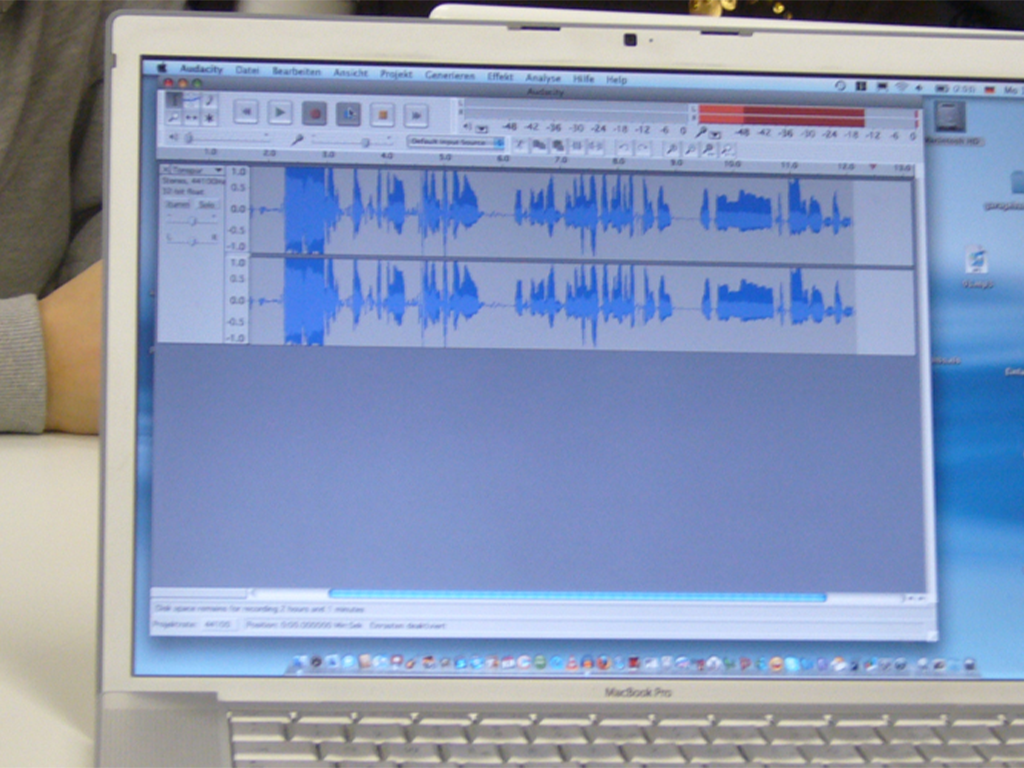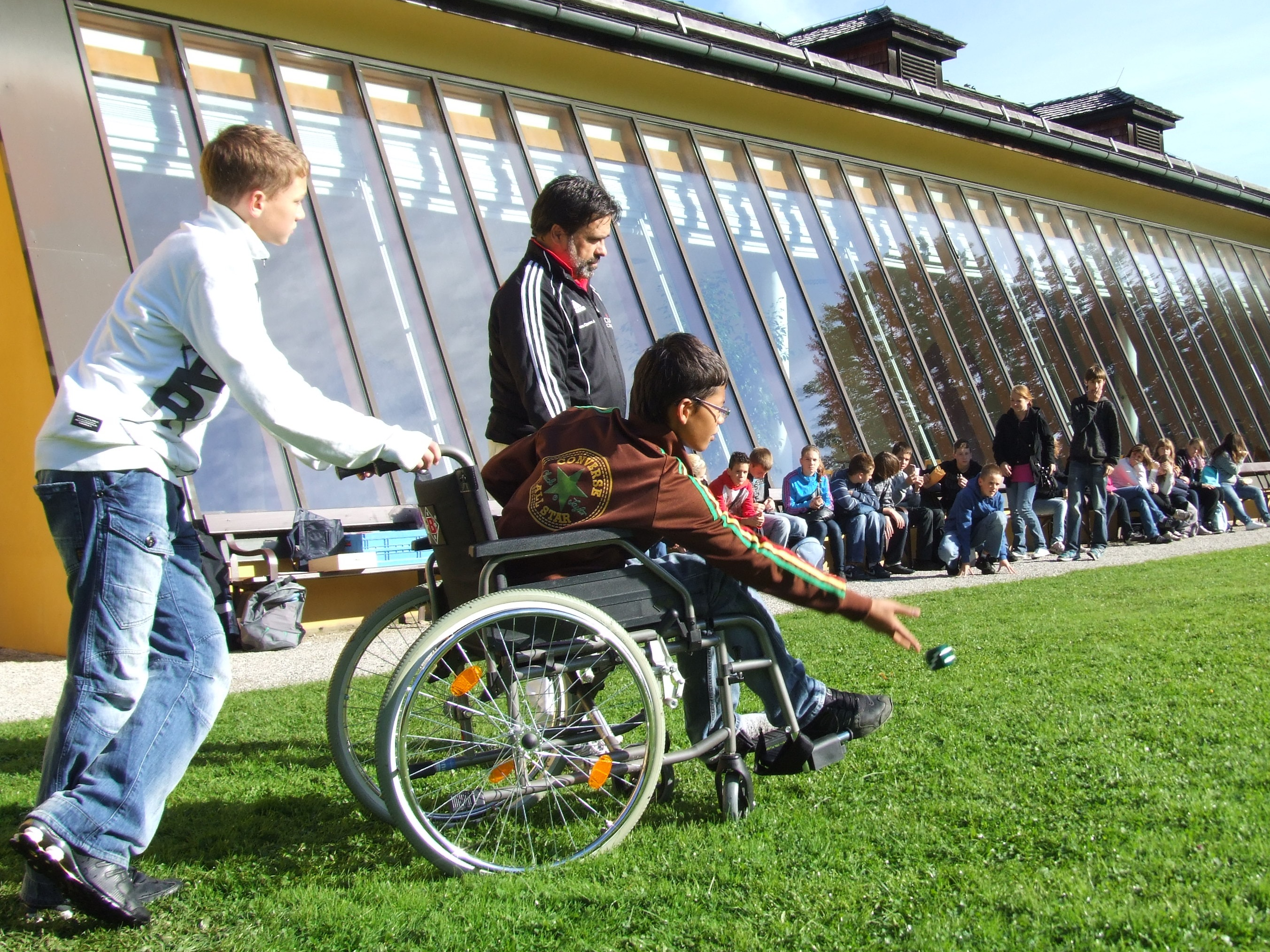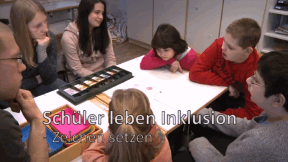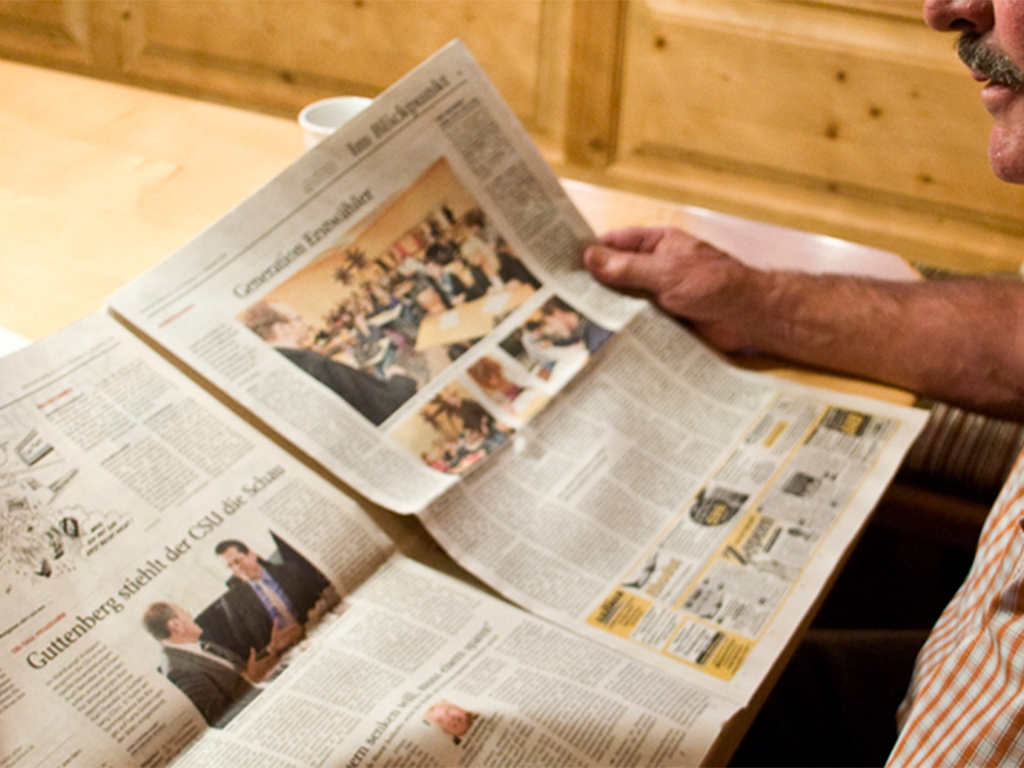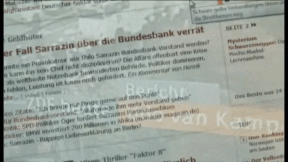 Biology
Biology
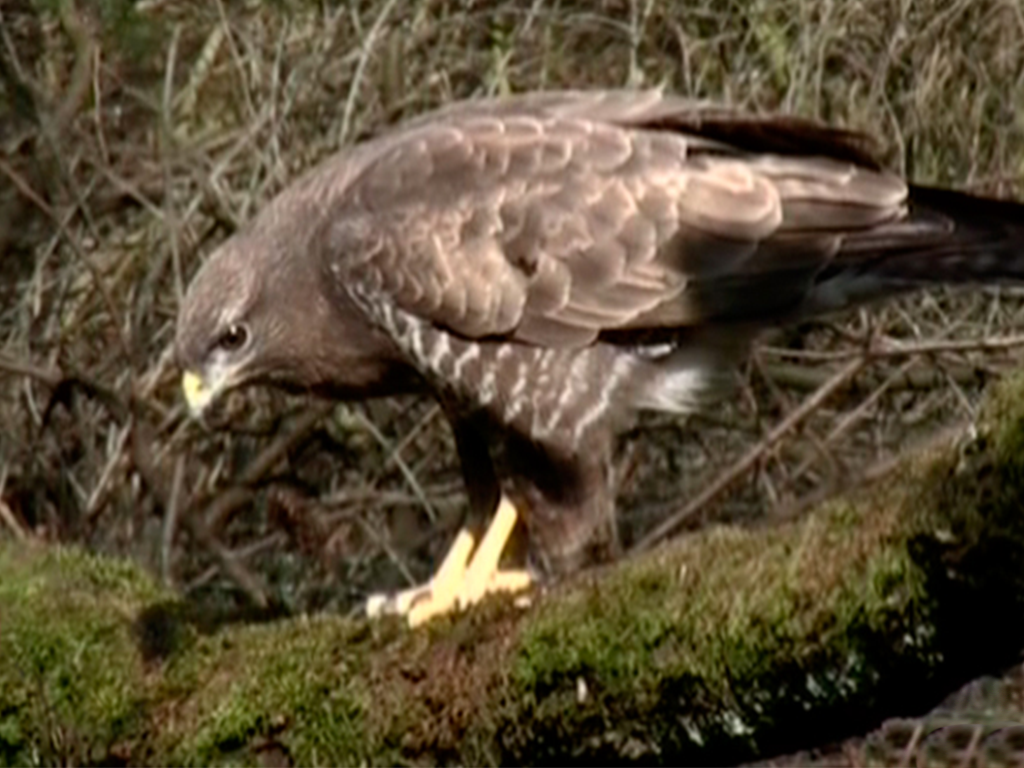

4662214 / 5552791
The Common Buzzard
Characteristics and Behaviour
The common buzzard is a well-known native bird of prey. You can often see it flying above fields or sitting by the roadside. But what are the typical characteristics and behaviour patterns of the common buzzard? The film covers the biological classification of the common buzzard, its characteristics and behaviour. The origin of its name is explained just as the classic characteristics, by means of which the common buzzard can be identified. We can see the common buzzard in its natural habitat, learn something about its hunting methods and its prey. Spectacular pictures show carrion crows and magpies, which “mob” the common buzzard as a direct rival for food. The hunter becomes the hunted. The reproduction of the common buzzard is covered, too. We observe the buzzard couple during nest-building and breeding. We accompany the chicks when they train their flight muscles and make their first attempts at flying. Together with the comprehensive accompanying material, this medium is perfectly suitable to get to know and appreciate our native common buzzard!
Play trailer
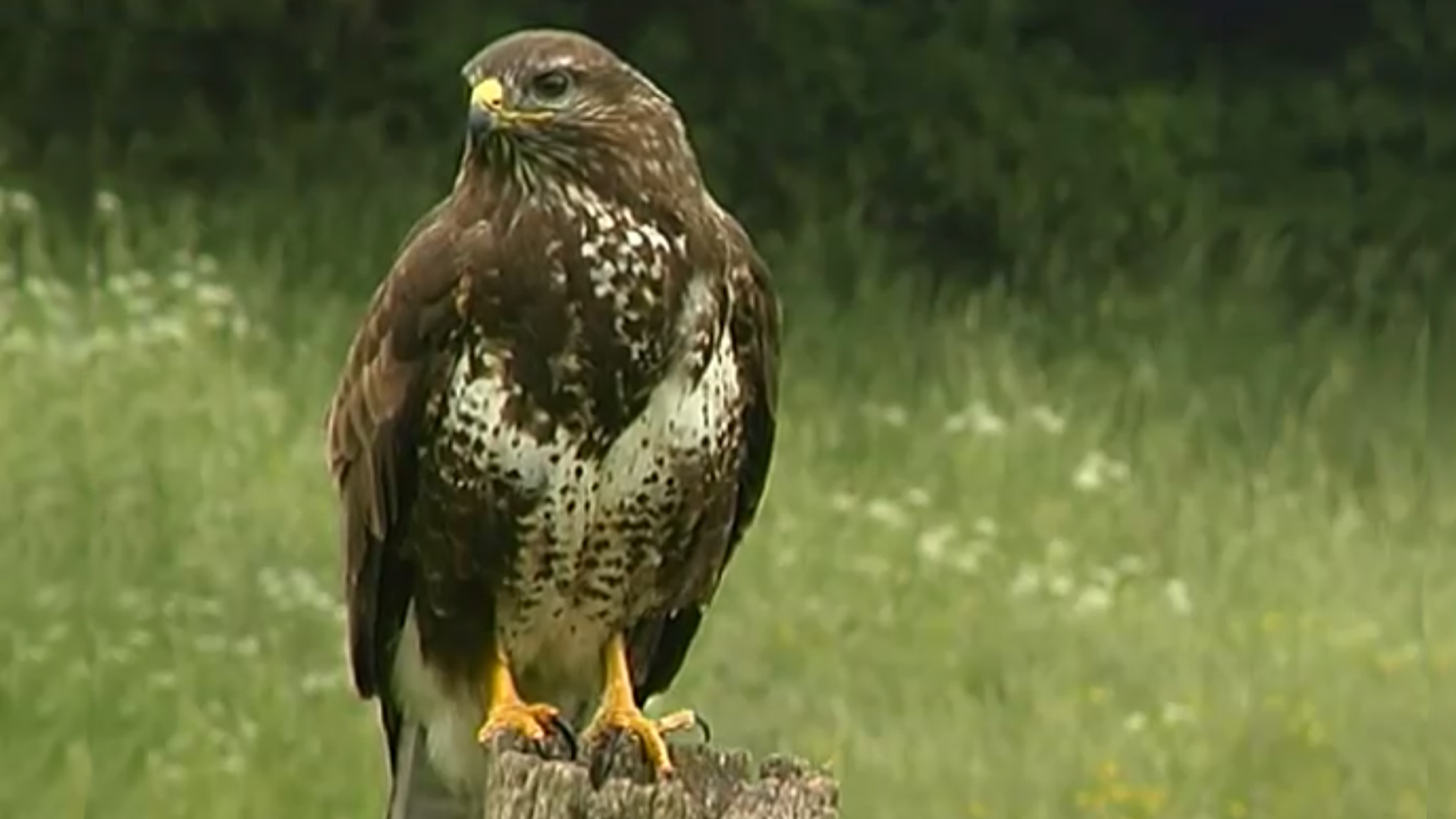
Curriculum-centred and oriented towards educational standards
Matching
Podcasting
Today, the use of new media has become a matter of course not only in everyday life – schools and teaching, too, benefit from the new technologies and methods, which support active and independent learning. Especially in computer science, ethics and language courses but also in all other subjects, modern media are a valuable pedagogic and didactic asset. This DVD uses the example of podcasts to demonstrate how the possibilities opened up by new media can be applied in the classroom and how the pupils can be taught to handle them in a competent and target-oriented manner. The film is aimed at supporting the use of podcasts at school and encourages making them. This also requires the ability to find information on the Internet and assess it. The film informs on the functionality of podcasts and technical background as well as on the teaching and learning possibilities offered by podcasts – ranging from specific contents to superordinate learning targets such as the advancement of creativity and team spirit. The DVD is a useful support for teachers applying new media and wishing to show their pupils how to handle Running Time: 20:29 ms them in a sensible way.
Pupils Practise Inclusion
When people come together, no matter under what concomitant circumstances – ultimately, it is about how these people meet and how openly they interact with one another.
The Daily Newspaper
Every day, there is a surge of news reaching us via different news channels. In spite of TV and Internet, the daily paper still is one of the most important main sources of news. But how is a newspaper created? The film shows the production of a paper in the course of one day. Starting with the editorial meeting in the morning, in which the topics and deadlines are determined, the film accompanies a journalist during her research work. You can see how a journalistic interview is conducted and what the photographer must consider when taking a press photo. Back in the editorial office, the editor’s work is illustrated, which includes the page layout and the writing of an online article in today’s time. Impressive pictures from the printing centre depict the process from the digital page to the finished newspaper. Together with the comprehensive accompanying material, the DVD is perfectly suited for use at school




